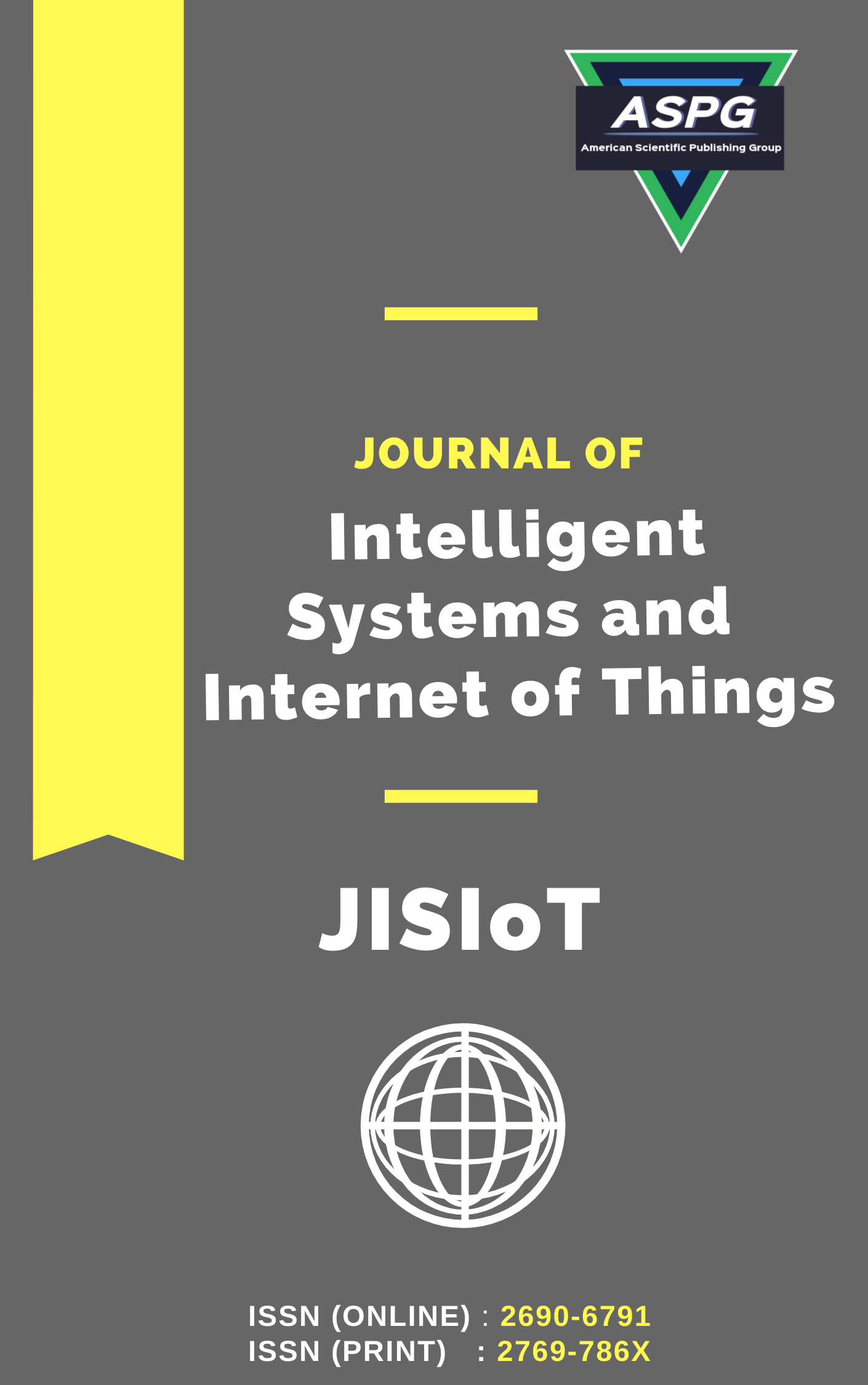

Volume 18 , Issue 1 , PP: 194-206, 2026 | Cite this article as | XML | Html | PDF | Full Length Article
S. Sowmyadevi 1 * , Anna Alphy 2
Doi: https://doi.org/10.54216/JISIoT.180114
In regression testing, rapidly identifying defects is crucial for maintaining software quality amid frequent code changes. Traditional test case ordering methods, despite extensive research, often overlook the subtle but important relationship between test executions and mutations introduced during code modifications. This paper presents an adaptive mutation-aware test case ordering framework that integrates predictive modeling with swarm-based multi-objective optimization to address this gap. The approach begins by transforming test cases into enriched feature vectors, incorporating mutation coverage, historical performance, execution cost, and statement-level weighting. A supervised deep learning model is employed to predict the likelihood of each test case uncovering seeded defects. These predictions are subsequently fed into a Quantum-Behaved Particle Swarm Optimization (QPSO) engine, which generates an optimal execution sequence by jointly optimizing fault detection, execution cost, reuse potential, and coverage diversity. The proposed framework is demonstrated using a simple Java program and rigorously validated on real-world projects from the De-fects4J benchmark. Experimental results consistently show improvements in APFD, mutation scores, and execution efficiency, confirming the feasibility and scalability of the proposed system.
Secure honeynet, Cloud IoT model , Machine learning algorithms , Health monitoring , Particle colony optimization
[1] W. E. Wong and J. R. Horgan, “A study of effective regression testing techniques,” Proceedings of the Eighth International Conference on Software Maintenance, pp. 264–274, 1992.
[2] Garg, K., Shekhar, S. “Test case prioritization based on fault sensitivity analysis using ranked NSGA-2. Int. j. inf. tecnol. 16, 2875–2881 (2024).
[3] G. Rothermel and M. J. Harrold, “A safe, efficient regression test selection technique,” ACM Transactions on Software Engineering and Methodology, vol. 6, no. 2, pp. 173–210, 1997.
[4] J. M. Kim and A. A. Porter, “A history-based test prioritization technique for regression testing in resource constrained environments,” in Proceedings of the 24th International Conference on Software Engineering, 2002, pp. 119–129.
[5] D. Marijan, A. Gotlieb, and S. Sen, “Test case prioritization for continuous regression testing: An industrial case study,” in Proceedings of the 29th ACM/IEEE International Conference on Automated Software Engineering, 2014, pp. 560–566.
[6] H. Do, S. Elbaum, and G. Rothermel, “Supporting controlled experimentation with testing techniques: An infrastructure and its potential impact,” in International Symposium on Empirical Software Engineering, 2004, pp. 60–70.
[7] R. A. DeMillo, R. J. Lipton, and F. G. Sayward, “Hints on test data selection: Help for the practicing programmer,” Computer, vol. 11, no. 4, pp. 34–41, 1978.
[8] Y. Jia and M. Harman, “An analysis and survey of the development of mutation testing,” IEEE Transactions on Software Engineering, vol. 37, no. 5, pp. 649–678, 2011.
[9] M. Papadakis and N. Malevris, “Automatic mutation test case generation via dynamic symbolic execution,” in IEEE International Conference on Software Testing, Verification and Validation Workshops, 2010, pp. 52–61.
[10] A. J. Offutt and R. H. Untch, “Mutation 2000: Uniting the orthogonal,” Mutation Testing for the New Century, pp. 34–44, 2001.
[11] J. Zhang and H. Zhang, “A mutation sampling method using stratified random sampling,” Software Testing, Verification and Reliability, vol. 25, no. 4, pp. 341–369, 2015.
[12] S. Shin, D. Kim, and J. Baik, “Operator-based mutant reduction using clustering,” Information and Software Technology, vol. 53, no. 6, pp. 602–611, 2011.
[13] D. Fang, L. Zhang, D. Hao, and H. Mei, “Prioritizing test cases based on coverage of combinations of modified conditions,” in IEEE/ACM International Conference on Automated Software Engineering, 2010, pp. 1–10.
[14] R. Gopinath, C. Jensen, and A. Groce, “Code coverage for suite reduction and prioritization in the presence of non-determinism,” Software Testing, Verification and Reliability, vol. 25, no. 4, pp. 350–380, 2015.
[15] “Mutations: How close are they to real faults?” Software Testing, Verification and Reliability, vol. 23, no. 3, pp. 293–321, 2013.
[16] J. Zhang, H. Zhang, and T. Xie, “Test case prioritization using frequent itemset mining,” in IEEE International Conference on Software Testing, Verification and Validation, 2009, pp. 190–199.
[17] P. Bhattacharya and J. Kalita, “Predicting test case failure using machine learning techniques,” International Journal of Software Engineering and Its Applications, vol. 6, no. 3, pp. 113–124, 2012.
[18] H. Spieker, A. Gotlieb, D. Marijan, and M. Mossige, “Reinforcement learning for automatic test case prioritization and selection in continuous integration,” Proceedings of the 26th ACM SIGSOFT International Symposium on Software Testing and Analysis, pp. 12–22, 2017.
[19] J. Xuan, T. Xie, L. Zhang, Z. Hu, and H. Mei, “Towards effective test case prioritization: A multi-objective optimization approach,” Proceedings of the 34th International Conference on Software Engineering, pp. 234–244, 2012.
[20] A. Kundu, M. Rajnish, and P. Srivastava, “Deep learning-based adaptive test case prioritization,” International Journal of Intelligent Engineering and Systems, vol. 13, no. 3, pp. 315–324, 2020.
[21] B. Korel and A. Al-Yami, “Automated regression test generation,” ACM SIGSOFT Software Engineering Notes, vol. 23, no. 2, pp. 134–143, 1998.
[22] Z. Li, M. Harman, and R. M. Hierons, “Search algorithms for regression test case prioritization,” IEEE Transactions on Software Engineering, vol. 33, no. 4, pp. 225–237, 2007.
[23] K. R. Walcott, M. L. Soffa, G. M. Kapfhammer, and R. S. Roos, “Time-aware test suite prioritization,” Proceedings of the 2006 ACM SIGSOFT International Symposium on Software Testing and Analysis, pp. 1–12, 2006.
[24] J. Sun, W. Xu, and B. Feng, “A global search strategy of quantum-behaved particle swarm optimization,” in IEEE Conference on Cybernetics and Intelligent Systems, 2004, pp. 111–116.
[25] R. Sharma, P. Srivastava, and N. Tiwari, “Hybrid neural-particle swarm model for test case prioritization,” International Journal of Applied Engineering Research, vol. 13, no. 6, pp. 3634–3641, 2018.
[26] P. Rana and R. Saha, “Reinforcement learning-based test case prioritization using historical data,” Journal of Systems and Software, vol. 179, p. 111008, 2020.
[27] S. Ahmed, R. K. Gupta, and M. S. Kumar, “A Framework for Regression Test Selection Based on Code Changes and Test Case Prioritization,” J. Softw. Evol. Process, vol. 36, no. 1, e2301, 2024.